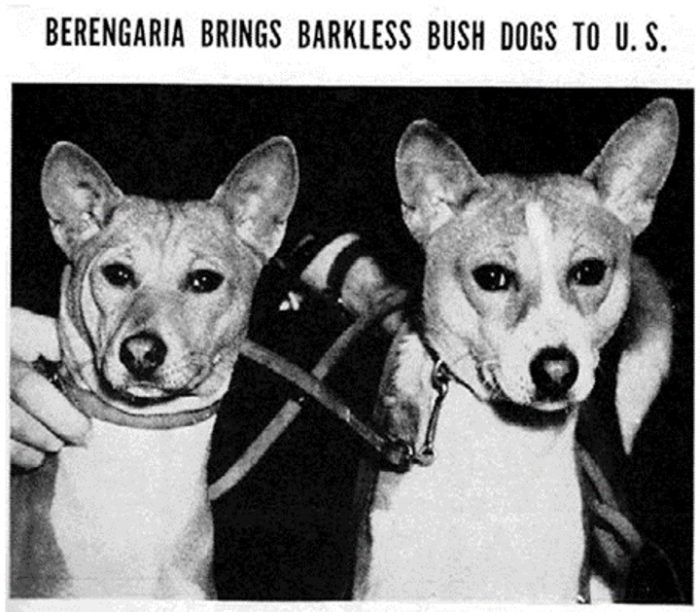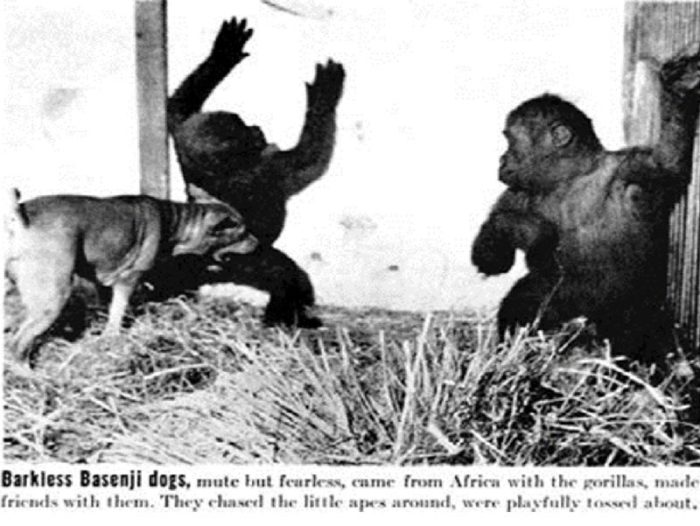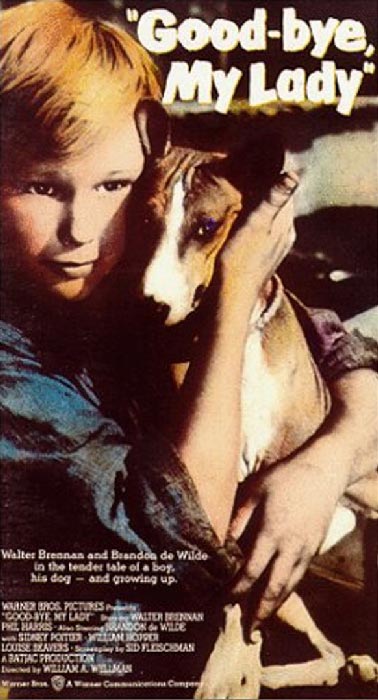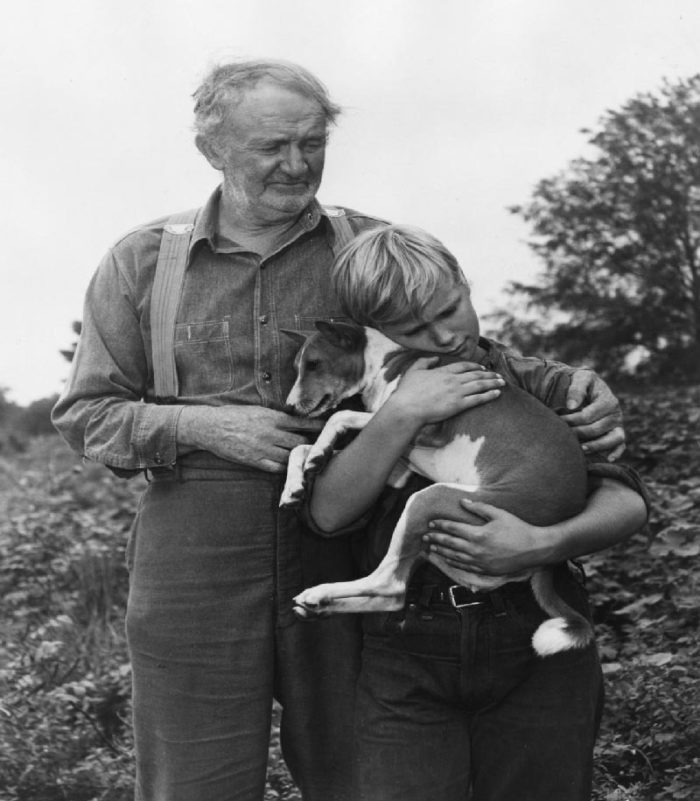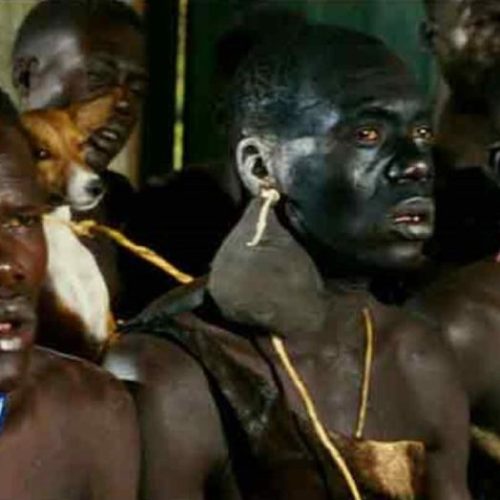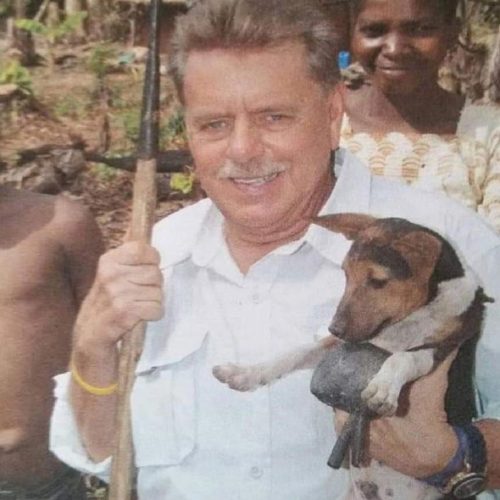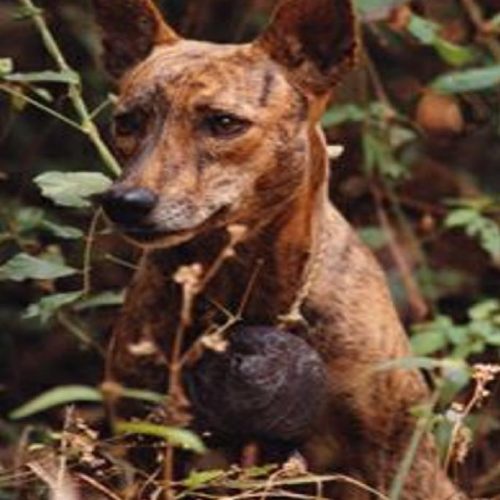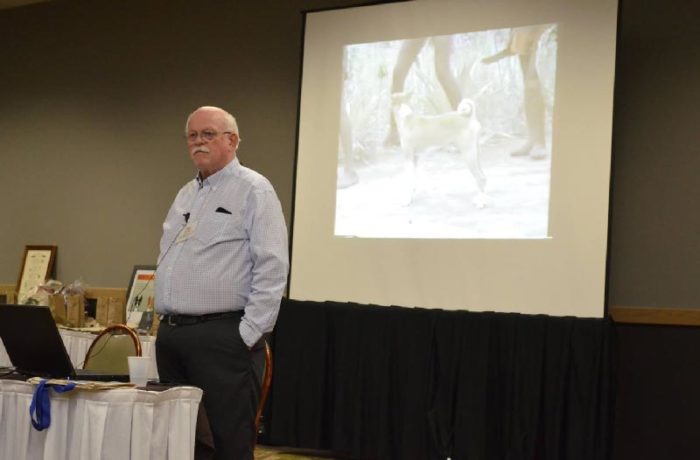Basashi of Blean and Bakuma of Blean 1937 imports from England
Additionally in 1941 several Basenjis were included in a shipment of baby gorillas from Africa. Two of this group, Kindu and Kasenyi became important to the breed development both in America and Europe.
1942 The Basenji Club of America is formed. Learn who the people are who have served as officers and board members over the years.
1943 The American Kennel Club accepts Basenjis and the Basenji Club of America. Between 1943 and 1945 the set goal was for the registration of one hundred basenjis. They established first U.S. Standard
Good-bye, My Lady
is a 1956 American film adaptation of the novel Good-bye, My Lady (1954) by James H. Street. A story of a boy who learns what it means to be a man by befriending and training a stray Basenji dog. The actors of movie were Walter Brennan and young star Brandon de Wilde.
The famous Basenji from the movie was a female named” My Lady of the Congo “. As it was, My Lady wound up doing most of the scenes. When not filming with then 13-year-old Brandon, the dog spent all her time with him, and an attachment developed between them.
Jon Curby shared the stories of his trips to Sudan and the Congo Democratic Republic and showed videos of the puppies and dogs they brought back to improve genetic diversity in the Basenji breed.
In 2004 Sally Wallis went online with her tremendous pedigree database ZANDEE BASENJIS. She had started collecting pedigrees in 1984 and waited until she had about 70,000 pedigrees collected to go online. She has been updating the database until now. We, the Basenji breeders and enthusiasts are very thankful to Sally and to all those people that maintain the database. Here is the link: http://www.pedigrees.zandebasenjis.com/


